Introduction: Drollery
There was a common practice of filling up every inch of a page in medieval illuminated manuscripts to provide visual aids for the writing or just for amusement. This resulted in what we now call “marginalia”. There is a subcategory of marginalia called “drollery”, our focus for this paper. marginalia is considered drollery when the aim of the artist is comedy. They often depict grotesque scenes and creatures, genitalia, and animals doing peculiar things. Their resemblance to modern memes is often cited, but no one seems to have noticed that some of them have direct analogues today.
Why the word “Drollery” is Significant
Drollery is derived from the French word drôle meaning “funny”. This is actually a Germanic word meaning “troll” or sometimes “clown” depending on when it was used historically. Trolling is central to meme culture, and apparently this tradition has a spiritual lineage stretching back to medieval times.
Bugs Bunny and Killer Rabbits
Bugs Bunny is a very common character from the memetic pantheon. He exists in Big Chungus and the common “gangster Bugs” memes. Bugs’ gimmick in the Loony Toons is that he hunts the hunter Elmer Fudd, and much of the humor comes from this ironic inversion. This seems to be exactly what the joke of the famous “medieval killer rabbits” often found in illuminated manuscripts.
The Immortal Snail
This meme has its origin in the Reddit post below. It got very popular on TikTok and lit up the imaginations of users with their own plans of survival.
In medieval manuscripts, the scene of a knight fighting a snail is curiously ubiquitous. There has been a lot of debate about what these scenes meant to the people who drew them. There are ideas that these were political jests, some think that it was a cryptic religious allegory, and it must have meant different things to different people because of its shear popularity. All we can be certain of is that medieval scribes thought these drawings were hilarious, and consequently they mimetically replicated them very often.
Overall the joke seems pretty similar to the killer rabbits, it’s an ironic inversion. We know that this was apparent to some of the marginalia artists as crossovers are existent (below).
It is telling that the modern version of this timeless comic motif gives the snail and knight immortality, almost like its a conscious progression of the joke. The mollusk and man have been fighting a long time, and we expect them to continue.
Among Us
There may be a lot of reasons why we found the Among Us character to be funny, but I think none of them are more important than the shape of an amogus and their recognizability.
This same shape was also well known to the medieval minds of the clergy who wrote and decorated the illuminated manuscripts. The idea of a man with only legs and a head is possibly one of the most hilarious things we can think of. These often dip into the surreal which is a topic we will get to later.
I remember a much older meme that embodied this archetype in the video “Retarded Horse Running. ( HURR-DURR )”
Grumpy Cat/Human Faced Animals
The practice of anthropomorphizing animals for some rhetorical or imagistic effect is innate to humanity. All cultures have stories of animals doing human-like things and the fact that both medieval and modern people do this is unsurprising. But putting human faces on an animal is another thing, and this seems to happen with two animals most popularly, the bird and the cat.
Grumpy Cat is one of the most popular memes in the internet’s history. The motif of the human faced cat is one that comes of the page of illuminated manuscripts and onto the canvases of medieval paintings. Again modern people who find this strange have tried to find explanations to why this was so common. The assumption is that these painters were incapable of painting cats, or maybe cats wouldn’t sit still to be painted. This is ridiculous. Cats were everywhere in medieval times, and even if you cant get them to sit still we would imagine that one barbaric person from the Dark Ages might kill the cat in order to paint it. Obviously this was an artistic choice, and an amusing choice.
Surrealism in Drollery and Bosch
Hieronymus Bosch was a Dutch painter of the fifteenth and sixteenth centuries. He is best known for his medieval flavor of surrealism that persists in its effect even in modern enjoyers. His most famous work, “The Garden of Earthly Delights” is a large triptych, or three-paneled painting that depicts scenes, very imaginatively, from the Book of Genesis.
The similarity of his work with the medieval marginalia in both style and content has been noted by art historians. It is almost certain that Bosch would have been reading the manuscripts that the clergy produced with the marginalia, as Bosch was a member of the religious order, the Illustrious Brotherhood of Our Blessed Lady, one of the very few facts of his life that are still persevered. His paintings, through this lens, are a continuation of the medieval drollery tradition, now the main focus instead of mere decoration.
Bosch’s work has inspired a whole subgenre of memes using his paintings as the main element. The memes often use The Garden of Earthly Delights to refer to a dream-like state or a state of hypnogogia.
The medieval clergy who were drawing these strange creatures might’ve thought they were drawing demons, a common subject for surrealist art. I think we see a similarity in the modern and medieval in the archetypes of devouring and eating (including defecation) and antagonism. These are certainly demonic qualities, base functions of aggression and consumption that outline the shadow of civilized man.
The mascot of surreal memes, often called “Meme Man” or “Head Man” or just “The Head”, has some striking similarities with arguably Bosch’s most well known character, the Tree Man. The porcelain body, calm facial expression, and off-white color give the feeling that these characters are vessels, which is why the viewer instantly connects with them. When someone comes across an image, and especially one that is mostly unconscious as is so with surrealism, they are vessels for the images which are very much alive in their imaginations which can’t totally pin them down.
Conclusion
Archaeology has found that humor and jokes have been important to people for a very long time. The earliest joke we have is from a Sumerian text dating to the twentieth century BCE. It goes, "Something which has never occurred since time immemorial; a young woman did not fart in her husband's lap," and we can find that amusing in its own way. Even Jesus Christ, before there was any Catholic Church or painters to portray him in his glory, was immortalized in what we may call a meme dating to the year 200 CE, called the Alexamenos graffito by historians and archaeologists. This graffiti was probably meant to be an ancient form of a soyjak meme.
Humor is one of the things that does not change in humanity because its effectiveness is correlative to how it evokes the unconscious. The unconscious changes much much slower than the consciousness of man. For this reason we can still understand great art and comedy from just about any age and any culture, and they even produce specific similarities because of their common origin. Memes give us a very particular look at the unconscious. The advantage that comedy gets when it is “unfiltered” allows things to fall out of the unconscious in ways that do not happen in serious art and literature, which are more taken with allegory and euphemism.
To conclude I want to share a few similarities I found that are more miscellaneous and I feel don’t need writing to be understood. I hope you enjoy!





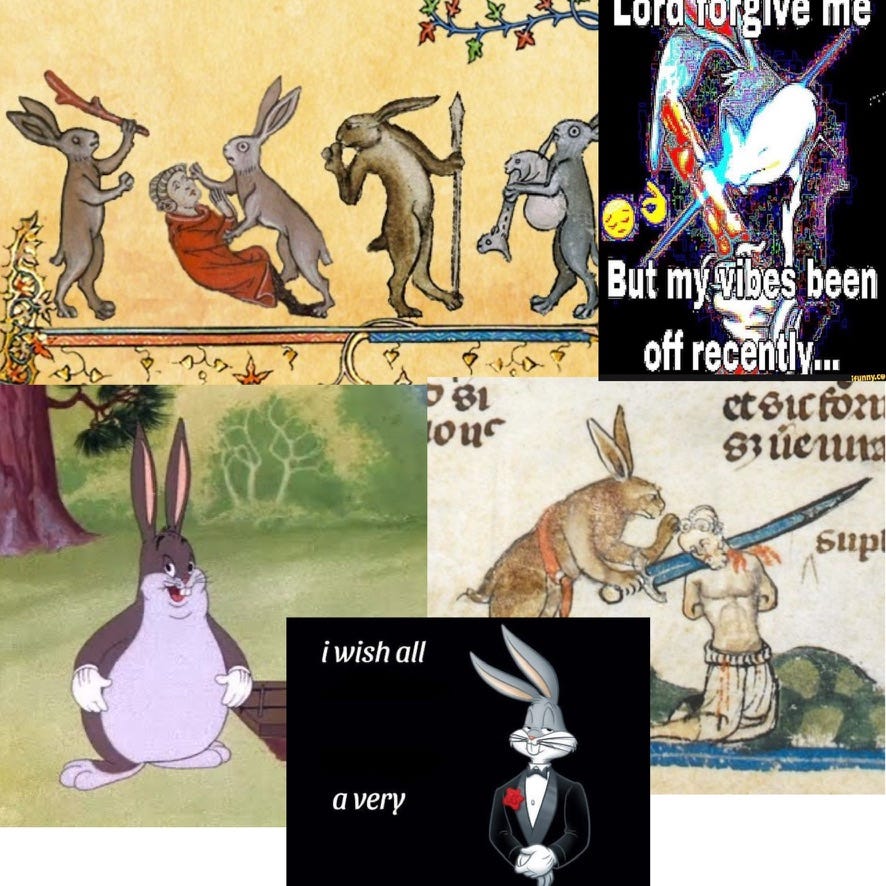

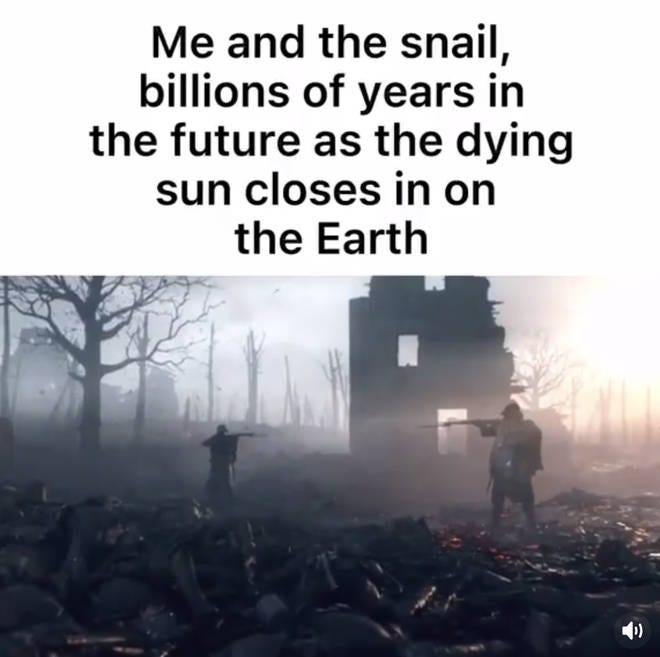

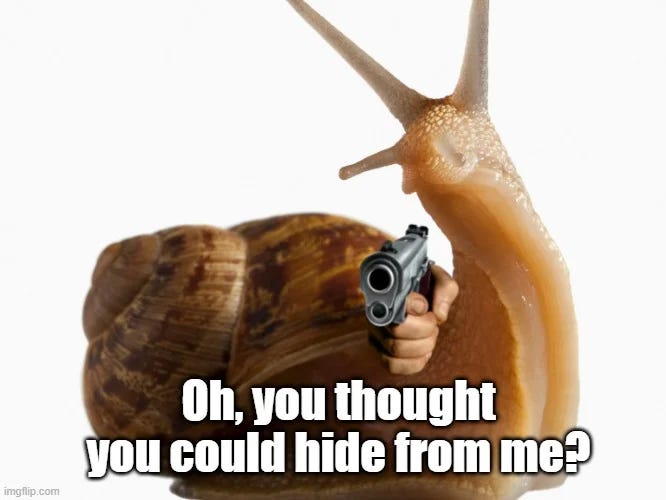
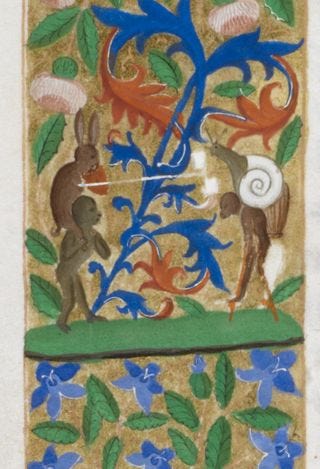




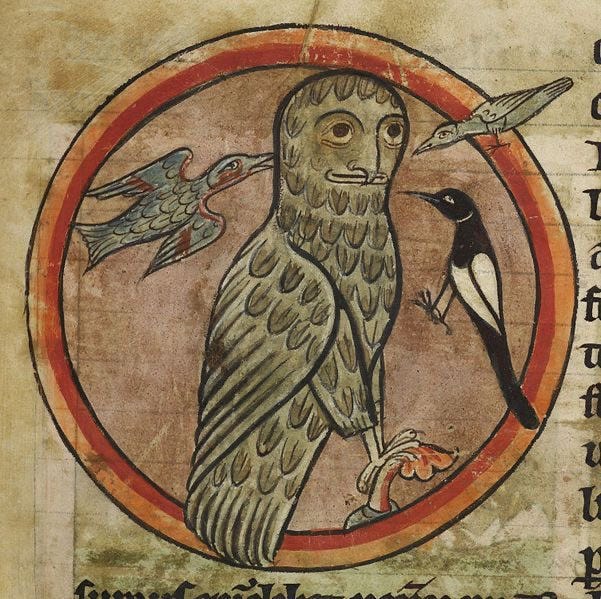


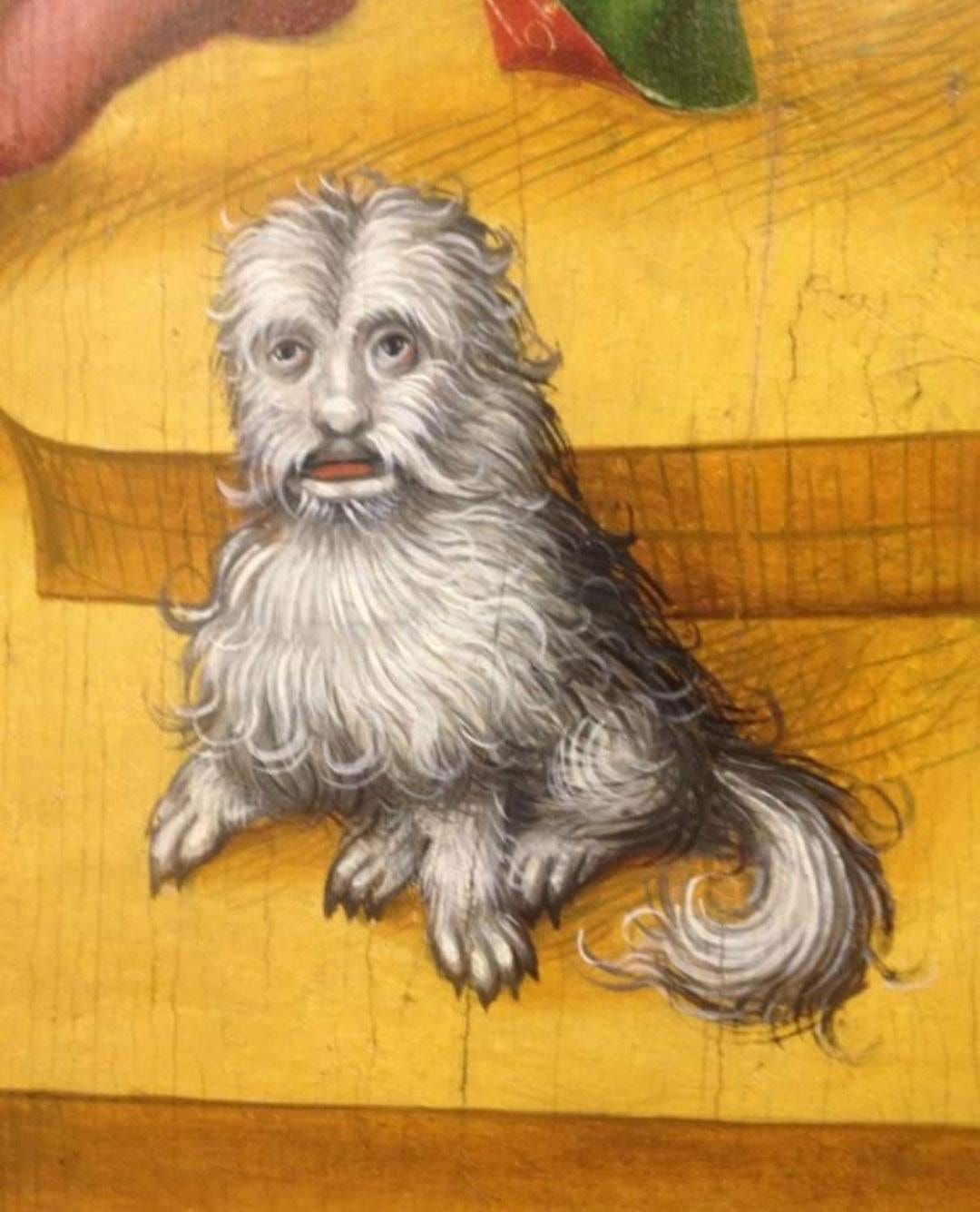

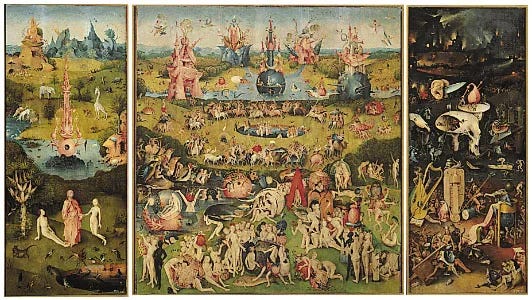





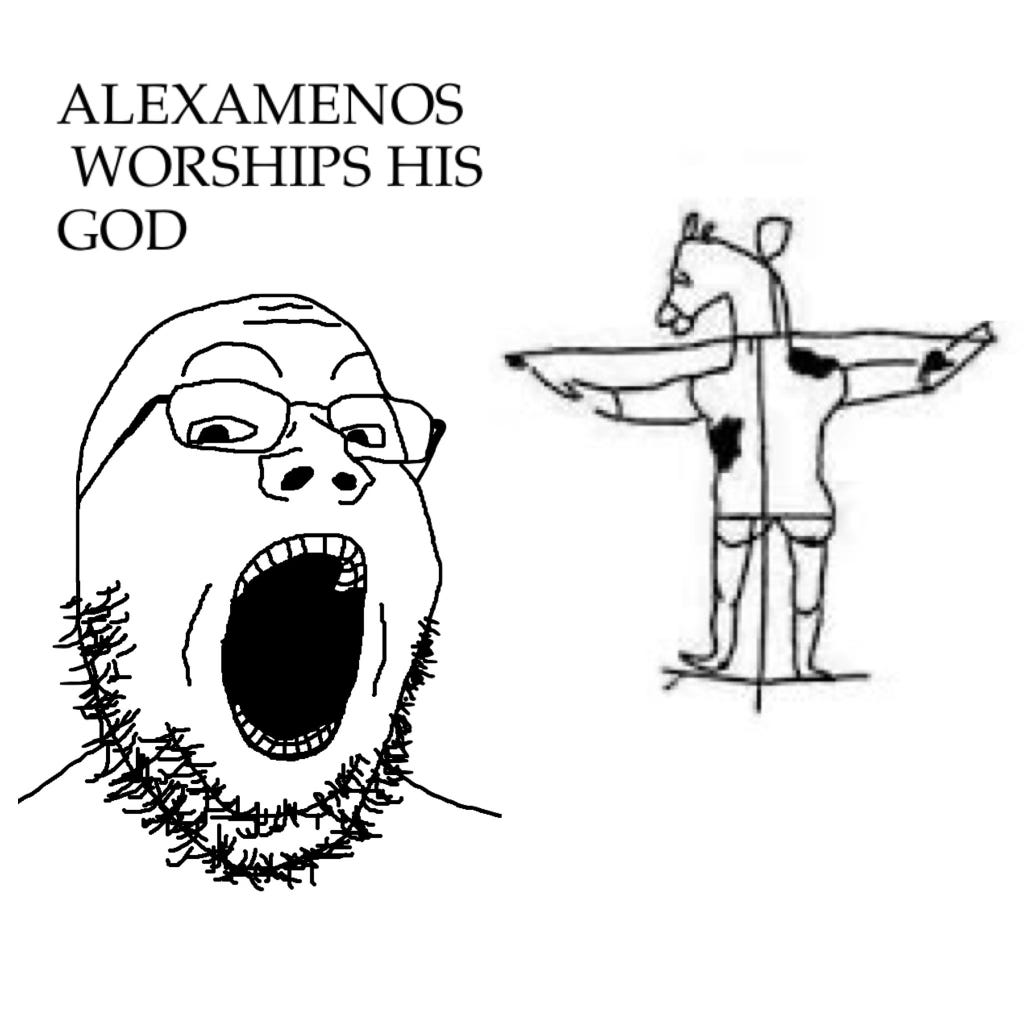

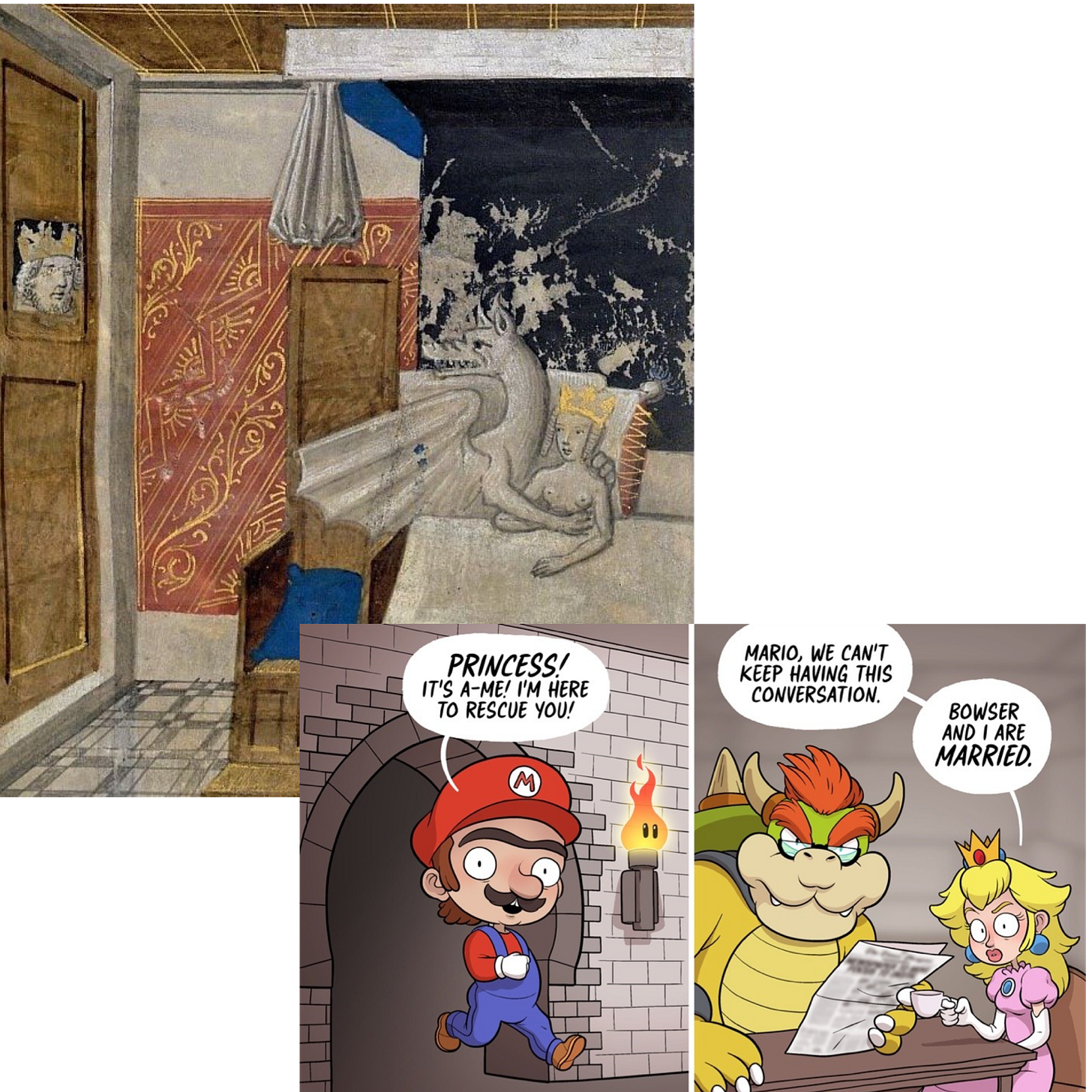

Great article
“Nothing new under the sun” - rings true again